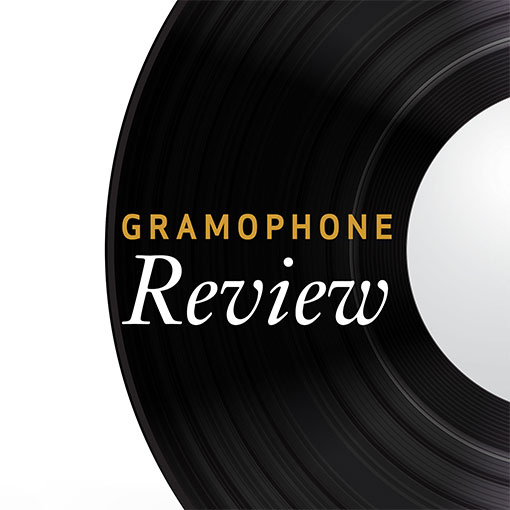Schubert Piano Works
View record and artist detailsRecord and Artist Details
Composer or Director: Franz Schubert
Label: Opus 111
Magazine Review Date: 3/1996
Media Format: CD or Download
Media Runtime: 74
Mastering:
DDD
Catalogue Number: OPS30-139

Tracks:
| Composition | Artist Credit |
|---|---|
| Sonata for Piano No. 20 |
Franz Schubert, Composer
Franz Schubert, Composer Olga Tverskaya, Piano |
| (6) Moments musicaux |
Franz Schubert, Composer
Franz Schubert, Composer Olga Tverskaya, Piano |
Author:
Recent issues show pianists searching for the instrument best suited to Schubert’s characteristic musical language and subtly coloured harmonic vocabulary. For Andras Schiff, the modern Bosendorfer provides the ideal medium, while Peter Katin is attracted by the qualities of the Clementi square piano. Tverskaya here plays a c1825 Graf fortepiano, offering persuasive performances that exploit the instrument’s inherent variety of tonal colours in different registers. In the Moments musicaux, Tverskaya prefers slower tempos than Melvyn Tan (playing a modern copy of a Streicher fortepiano, EMI, 10/89 – nla), highlighting the relationship between the musical substance and instrument. Sample, in particular, the fourth piece in the set, wherein major and minor are atmospherically opposed, with the moderator pedal making a potently effective appearance, first in the trio and later, tellingly, in the coda.
Of the bewildering choice of interpretative approaches to Schubert’s piano music, Brendel’s (on a modern piano) is among the most idiomatically Schubertian. Indeed, the perceptive insight and finesse with which he unfolds the extraordinary drama of the A major Sonata (D959) make his one of the best available versions of this piece. Tverskaya’s spacious account does not yet have the same seasoned maturity, but her appealingly spontaneous playing style strikingly emphasizes the relationship between tone quality and gesture. After a dynamic performance of the first movement (with the exposition repeat), the Andante is made more poignant by placing the appoggiaturas before the beat; the third movement is beautifully shaded by the judicious use of the moderator pedal, and sensitive use of agogics gives the finale added piquancy.'
Of the bewildering choice of interpretative approaches to Schubert’s piano music, Brendel’s (on a modern piano) is among the most idiomatically Schubertian. Indeed, the perceptive insight and finesse with which he unfolds the extraordinary drama of the A major Sonata (D959) make his one of the best available versions of this piece. Tverskaya’s spacious account does not yet have the same seasoned maturity, but her appealingly spontaneous playing style strikingly emphasizes the relationship between tone quality and gesture. After a dynamic performance of the first movement (with the exposition repeat), the Andante is made more poignant by placing the appoggiaturas before the beat; the third movement is beautifully shaded by the judicious use of the moderator pedal, and sensitive use of agogics gives the finale added piquancy.'
Discover the world's largest classical music catalogue with Presto Music.

Gramophone Digital Club
- Digital Edition
- Digital Archive
- Reviews Database
- Full website access
From £8.75 / month
Subscribe
Gramophone Full Club
- Print Edition
- Digital Edition
- Digital Archive
- Reviews Database
- Full website access
From £11.00 / month
Subscribe
If you are a library, university or other organisation that would be interested in an institutional subscription to Gramophone please click here for further information.





